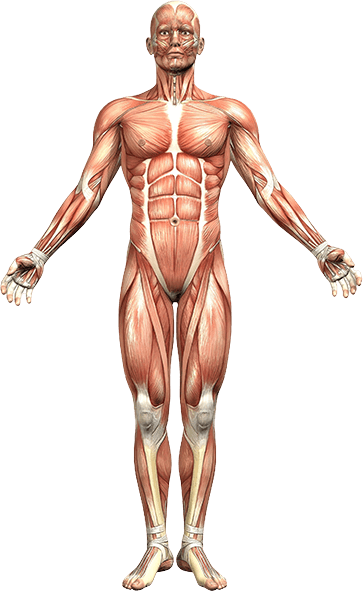
Table of Contents
Understanding Augmented Reality in Medical Education
In the ever-evolving field of medical education, augmented reality in medical education is emerging as a transformative tool. By superimposing digital information onto the physical world, augmented reality (AR) provides an immersive learning experience that traditional methods simply can’t match. This technology allows medical students to interact with 3D models of the human body, enhancing their understanding of complex anatomical structures.
Enhancing Learning Through Interactive Simulations
One of the key advantages of augmented reality in healthcare education is the ability to create interactive simulations. These simulations allow students to perform virtual dissections, practice surgical procedures, and explore various physiological processes in a controlled, risk-free environment. This hands-on experience is invaluable for developing the practical skills needed in the medical field, offering a level of engagement that traditional methods often lack.
Augmented Reality in Healthcare Education: Bridging the Gap
The integration of augmented reality in healthcare education is bridging the gap between theory and practice. In the past, medical students relied heavily on textbooks and cadavers to learn about the human body. While these methods are still valuable, AR offers a more interactive and engaging way to study. With AR, students can visualize organs, tissues, and systems in a lifelike manner, making it easier to grasp intricate details.
The Impact of Augmented Reality Visible Body Tools
One of the most significant advancements in AR technology is the development of augmented reality visible body tools. These tools provide students with a detailed, 360-degree view of anatomical models. Unlike traditional 2D images, AR allows for a hands-on approach where students can rotate, zoom, and explore every aspect of the human body. This interactive experience not only improves retention but also helps students develop a deeper understanding of anatomy.
Preparing Students for Real-World Challenges
Incorporating augmented reality in medical education also prepares students for real-world challenges. By simulating real-life scenarios, AR helps students develop critical thinking and problem-solving skills. Whether it’s diagnosing a patient or planning a surgical procedure, AR provides a platform for students to apply their knowledge in practical situations, ensuring they are well-prepared for their future careers.
Conclusion
As the medical field continues to embrace new technologies, the role of augmented reality in healthcare education will undoubtedly expand. The ability to interact with augmented reality visible body tools is revolutionizing the way students learn, providing them with the skills they need to succeed in a rapidly changing healthcare landscape. The future of medical education is here, and it’s augmented by reality.